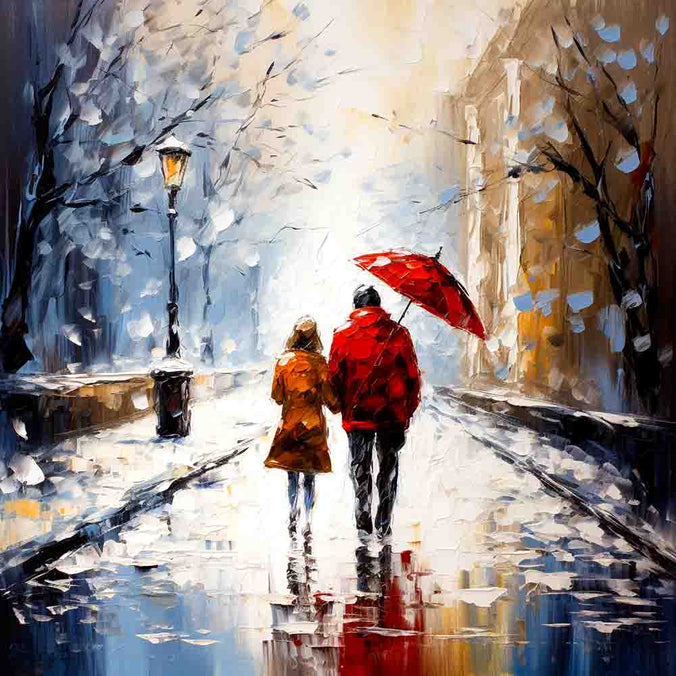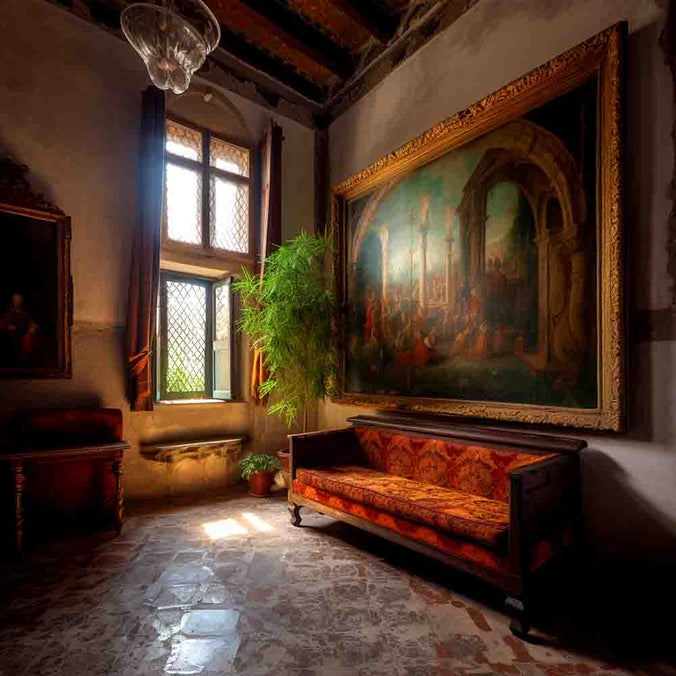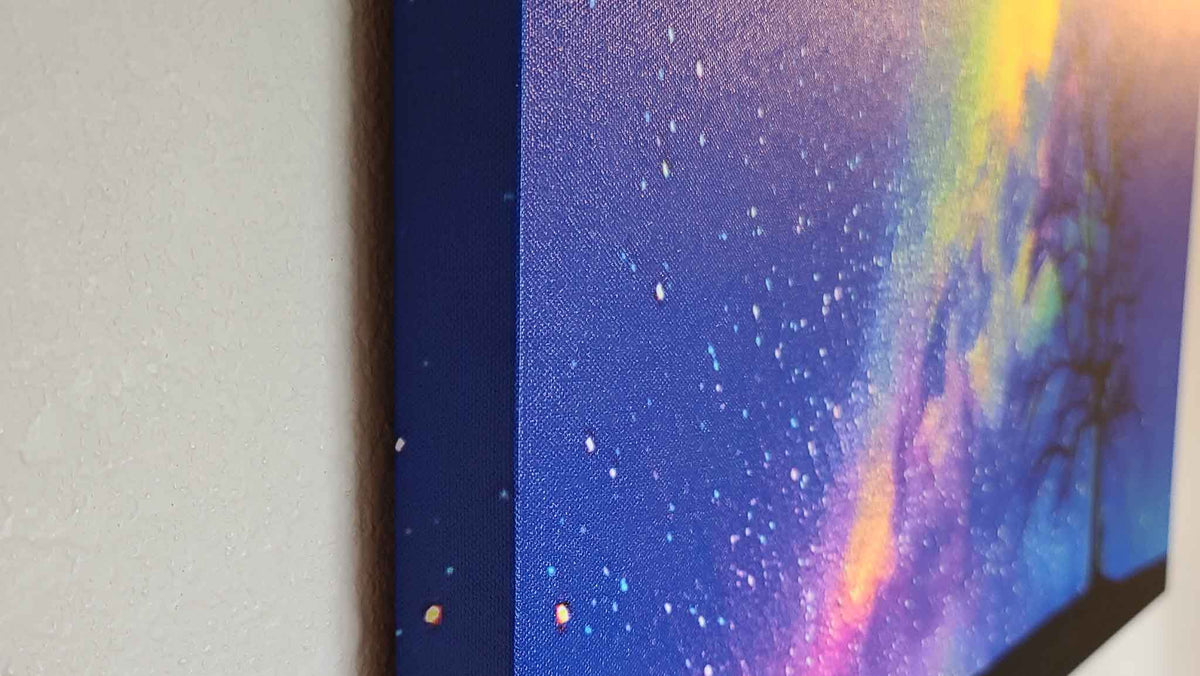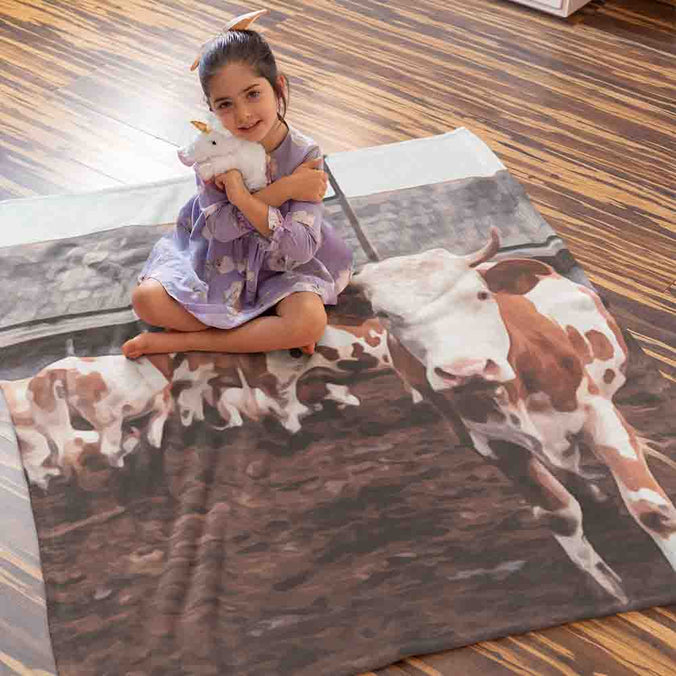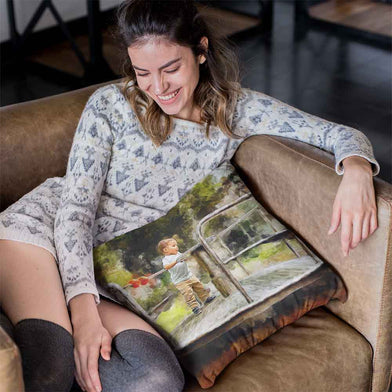The Emotional Connection Between Art And Pain
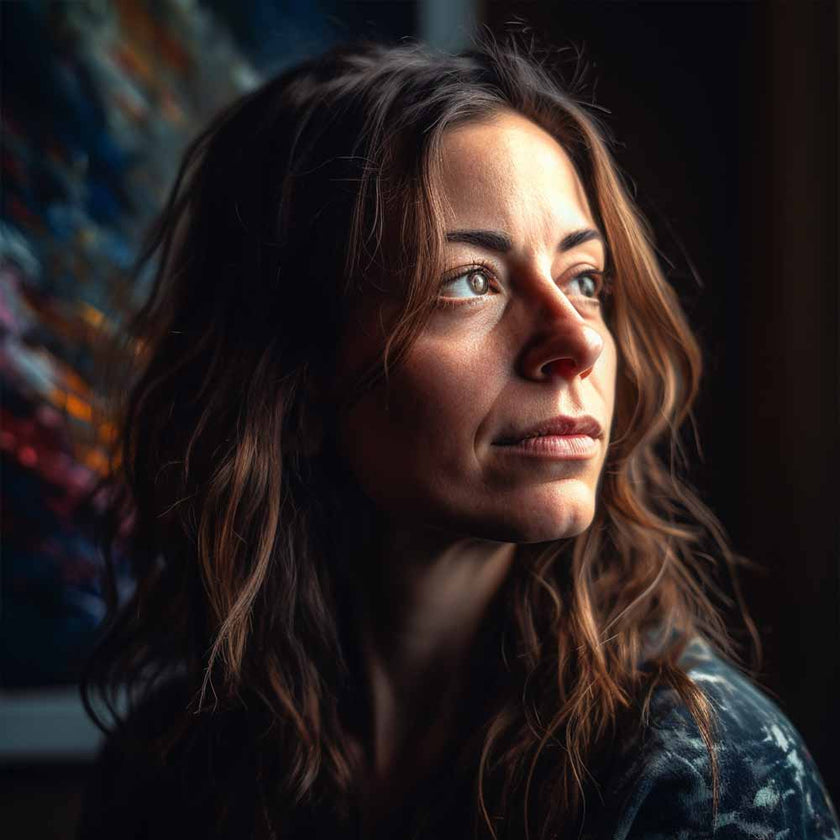
The Emotional Connection Between Art And Pain
The emotional connection between art and pain is multifaceted, with pain acting as a catalyst for artistic expression, but not a requirement for creating meaningful art. Art therapy has demonstrated significant benefits for those struggling with trauma, grief, and mental health issues, providing an outlet for individuals to express and process their emotions. Art fosters empathy and connection between people, bridging divides and promoting understanding between disparate groups. Cultural context plays a crucial role in our perceptions of the relationship between art and pain, with different cultures emphasizing different aspects of this connection. The transformative power of creativity serves as a testament to the resilience and beauty of the human spirit.
Does the best art come from pain?
Some of the most renowned artworks have been inspired by personal pain and suffering. For instance, Vincent Van Gogh and Frida Kahlo both found solace in artistic expression as a means to cope with their physical and mental pain. However, the idea that only tortured artists can create great art is an oversimplification.
While it's true that pain can inspire thought-provoking art, the idea that the best art is created by tortured artists is culturally debated. Overcoming adversity is one of humanity's greatest virtues, and this might be one reason why pain can lead to exceptional art. But it's important to remember that pain is not a prerequisite for artistic success.
Do you have to suffer for art?
Is suffering a requirement for creating great art? The answer is no. Artists don't need to be tormented by addiction, mental illness, or adversity to create meaningful work. However, the "tortured artist" stereotype can have a detrimental impact on the art world, making mental illness and addiction seem alluring and discouraging those who suffer from seeking help.
While pain can act as a catalyst for artistic expression, it is not a necessity. The notion that suffering is a requirement for making great art only serves to romanticize unhealthy lifestyles and perpetuate harmful stereotypes.
How can art help heal your pain?

Art has the potential to relieve pain, decrease discomfort, and foster emotional healing. Patients with chronic pain often find distraction and solace through creative processes, reducing their perception of pain.
The benefits of art for overall health have been recognized for a long time. Research has shown that engaging in art-making can reduce stress hormone levels and activate reward pathways in the brain, which in turn alleviate stress, anxiety, and improve mood. Art therapy, in particular, has demonstrated significant benefits for those suffering from trauma, PTSD, and depression.
Art therapy is a specialized form of therapy that involves working with a certified art therapist. It allows individuals to express difficult emotions, develop emotional resilience, and connect with their inner selves. By promoting positive self-expression, art therapy can help alleviate symptoms of depression and other mental health issues.
The Role of Art in Processing Grief and Loss
Art has long been a powerful tool for processing grief and loss. It provides a safe space for individuals to express and explore their emotions, often leading to a better understanding of their experiences. Throughout history, numerous artists have turned to their craft as a means of coping with the death of a loved one or a tragic event. For instance, Picasso's painting "Guernica" serves as a poignant reminder of the horrors of war, while Käthe Kollwitz's powerful prints capture the pain of losing a child.
Creating art after a loss can help individuals come to terms with their emotions and gain new perspectives on their experiences. The process of making art allows for the externalization of grief, transforming it into something tangible and easier to process. Additionally, sharing one's art with others can foster a sense of connection and mutual understanding, leading to further healing and growth.
The Science Behind Art and Pain Relief
Numerous scientific studies have supported the idea that engaging in artistic activities can alleviate physical and emotional pain. Research has shown that creating art can lead to increased levels of endorphins and other feel-good chemicals in the brain, reducing stress and promoting overall well-being. Additionally, art can activate the reward pathways in the brain, leading to a decrease in the perception of pain.
Studies have also demonstrated that engaging in art therapy can have lasting positive effects on mental health. For example, a study conducted by the American Art Therapy Association found that participants who engaged in art therapy experienced a significant reduction in symptoms of depression and anxiety. The process of creating art allows individuals to explore and process their emotions, leading to a greater sense of self-awareness and emotional regulation.
Art as a Means of Empathy and Connection
Art has the unique ability to foster empathy and connection between people by providing a window into the emotions and experiences of others. By engaging with an artist's work, viewers can gain insights into the pain and struggles that the artist faced, leading to a deeper understanding and appreciation of the human condition. This empathetic connection can serve as a powerful catalyst for healing, both for the artist and the audience.
In times of social and political turmoil, art can serve as a unifying force, bridging divides and promoting understanding between disparate groups. Through art, individuals can find common ground and recognize the shared humanity that underlies their differences, fostering a sense of connection and mutual respect.
The Impact of Culture on the Perception of Art and Pain
Culture plays a significant role in shaping our perceptions of the relationship between art and pain. In some cultures, suffering is romanticized, and the image of the tortured artist is revered. This can lead to a distorted view of the creative process, with the belief that great art can only emerge from intense pain and suffering.
However, other cultures emphasize the cathartic and healing aspects of art, recognizing the transformative power of creativity in the face of adversity. In these contexts, art serves as a means of overcoming pain and finding solace, rather than glorifying suffering.
It's essential to consider the cultural context when interpreting the meaning behind a particular piece of art. By understanding the influences that shape an artist's work, we can gain a deeper appreciation of the connection between art and pain and recognize the diverse ways in which art can contribute to healing and growth.
Unveiling the Emotional Connection Between Art and Pain: A Path to Healing and Growth

The emotional connection between art and pain is a complex and multifaceted relationship. While it's true that many great works of art have been inspired by pain and suffering, it is not a requirement for creating meaningful and impactful art. Pain can act as a catalyst for artistic expression, but it is essential to remember that artists can draw inspiration from a wide variety of sources and experiences.
The healing power of art is evident through various therapeutic applications, such as art therapy, which has demonstrated significant benefits for those struggling with trauma, grief, and mental health issues. Engaging in art-making can provide an outlet for individuals to express and process their emotions, leading to improved self-awareness, emotional regulation, and overall well-being.
Art also has the unique ability to foster empathy and connection between people. By engaging with an artist's work, viewers can gain insights into the pain and struggles that the artist faced, leading to a deeper understanding and appreciation of the human condition. In times of social and political turmoil, art can serve as a unifying force, bridging divides and promoting understanding between disparate groups.
Lastly, it's crucial to recognize the influence of culture on our perceptions of the relationship between art and pain. Different cultures emphasize different aspects of this connection, with some romanticizing suffering while others highlighting the cathartic and healing potential of art. By considering the cultural context when interpreting a piece of art, we can gain a deeper appreciation for the connection between art and pain and recognize the diverse ways in which art can contribute to healing and growth.
Ultimately, the emotional connection between art and pain is a testament to the transformative power of creativity. Whether as a means of coping with adversity, fostering empathy, or promoting healing, art serves as a powerful reminder of the resilience and beauty of the human spirit.
Leave A Reply
Your email address will not be published. Required fields are marked *
